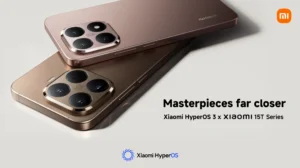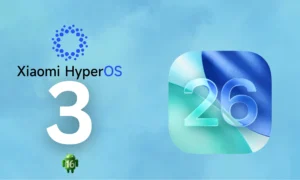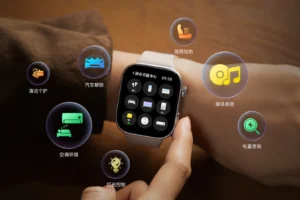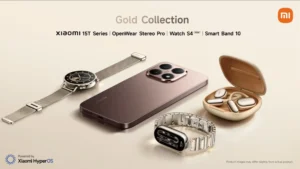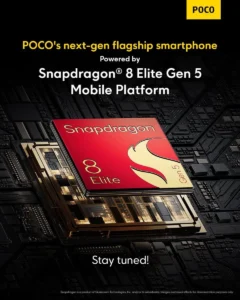Xiaomi Hyper Island Smarter Than Apple Dynamic Island
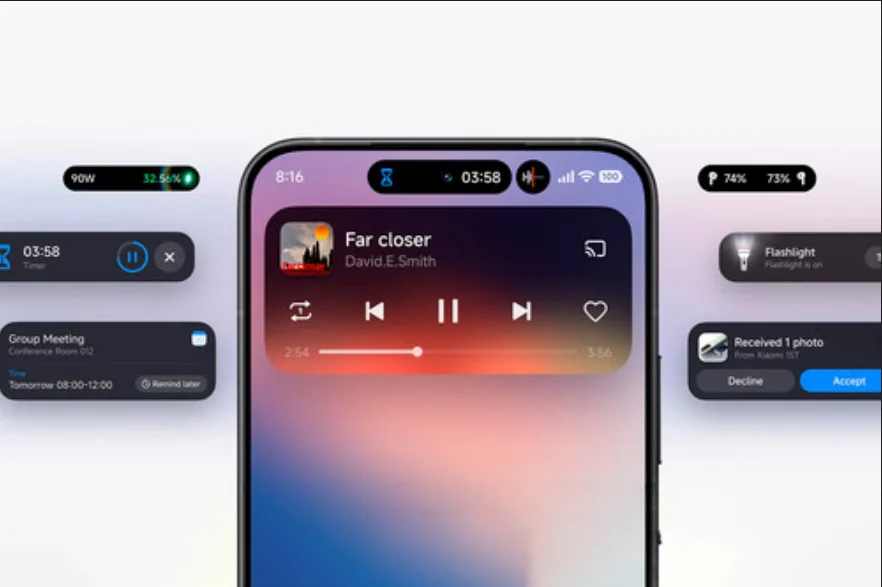
Hyper Island: Why Xiaomi’s New Interface is Smarter Than Apple’s Dynamic Island
Imagine this: you’re in a crucial meeting, your phone buzzes with an incoming call, and instead of fumbling to unlock it, a small “island” on your screen shows you who’s calling. You can even reject or silence it with a subtle tap. Sounds like magic, right? Welcome to the world of dynamic notifications, where Xiaomi has just stolen the show with its Hyper Island – an evolution that makes Apple’s Dynamic Island look like a shy cousin. With the global rollout of HyperOS 3 based on Android 16 in October 2025, Xiaomi didn’t just copy Apple’s idea (first seen on the iPhone 14 Pro in 2022), they’ve surpassed it in intelligence and versatility. Let’s break it down, just like we’re catching up over coffee, with fresh insights from betas and recent reviews.
A Quick Trip Down Memory Lane
First, a little context. Apple’s Dynamic Island is that black pill-shaped cutout at the top of the screen that expands and contracts to show music controls, timers, or calls. It’s sleek, sure, but it’s limited to basic gestures and a curated list of apps. Hyper Island, introduced with HyperOS 3 on September 26, 2025, takes that concept and injects it with AI steroids and a serious dose of personalization. Based on beta tests on devices like the Xiaomi 15T and 14 Ultra, this “hyperactive island” doesn’t just adapt to the front camera notch; it integrates features Apple is still dreaming of matching.

So, Why is Hyper Island “Smarter”?
Seamless Multitasking, Redefined
Let’s dive into why it’s smarter. In iOS 26 (released in September 2025), Dynamic Island supports vertical stacked views for apps like FaceTime or Apple Music. However, switching between tasks can feel rigid, with app-specific gestures that can get confusing if you’re a heavy multitasker. Hyper Island, on the other hand, natively allows for side-by-side views. Imagine seeing a kitchen timer next to battery controls or reminders, all in real-time. You could be editing a video while keeping an eye on fast-charging notifications. In HyperOS 3, the island expands dynamically without interrupting your workflow. Reviews from XiaomiTime highlight how this integration cuts down on the “visual clutter” often found in iOS, where Apple’s new “Liquid Glass” translucent effect can sometimes overwhelm the display.
Proactive AI at Your Fingertips
Another ace up its sleeve is proactive AI. While Apple Intelligence in iOS 26 is impressive for summarizing notifications or editing photos, Hyper Island goes further with Xiaomi AI tools. Think real-time captions for calls or videos (fantastic for accessibility), object detection within screenshots for instant searches, and even automatic battery optimization based on your daily routine. If you tend to make calls around 8 AM, the island can give you a heads-up beforehand. Geeky Gadgets tests from August 2025 showed HyperOS 3 boasting 20% lower latency in AI responses compared to iOS, thanks to its dynamic memory engine that adjusts resources on the fly. Say goodbye to annoying pauses!
Personalization: Apple’s Weak Spot
And let’s not forget personalization – Apple’s Achilles’ heel. iOS is a beautifully manicured garden: pretty, but you can’t change much. Hyper Island lets you tweak sizes, animations, and even colors inspired by Leica (for those vibrant photos). You can add third-party widgets – like a mini traffic map – that Dynamic Island simply ignores due to its closed ecosystem. On Reddit (r/IndiaTech, 2025), users rave about how HyperOS feels “alive” without excessive bloatware, with a system size under 5GB that keeps your Xiaomi 15 light for years. Apple promises support until 2031 for their flagships, but Xiaomi extends HyperOS 3 to a whopping 96 devices, from the premium Xiaomi 14 all the way down to the budget-friendly POCO F6 Pro.
A Few Bumps, But Big Potential
Of course, it’s not all perfect. On some mid-range Redmi Note devices, Hyper Island is hardware-disabled (according to NotebookCheck, September 2025), and initial HyperOS animations might cause a bit of warmth in the first few hours. But compared to Dynamic Island’s fleeting “wow factor,” which critics are calling a “gimmick” in 2025, Hyper Island is shaping up to be a daily driver that evolves with you.
Here’s a quick comparison:
| Feature | Apple Dynamic Island (iOS 26) | Xiaomi Hyper Island (HyperOS 3) |
|---|---|---|
| Multitasking | Vertical stacked views, app-specific gestures. | Native side-by-side views, fluid transitions. |
| AI Integration | Summaries, photo editing assistance. | Real-time captions, object detection, proactive battery opt. |
| Customization | Limited options, curated widgets. | Size, animations, colors, third-party widgets. |
| Device Support | High-end iPhones only. | Wide range from flagships to budget devices. |
| Ecosystem | Closed, curated by Apple. | Open, integrates with other Xiaomi devices. |
Embracing the Hyper-Connected Future
In a nutshell, Hyper Island isn’t just smarter; it’s more accessible, adaptable, and fun. While Apple polishes its garden, Xiaomi is building a hyper-connected ecosystem that seamlessly links phones, tablets, TVs, and cars. If you’re looking for an OS that anticipates your needs instead of just reacting to them, give HyperOS 3 a look – available from October in China and globally in December. Ready to jump the island? Your next Xiaomi might just be your ticket to a smarter world.
